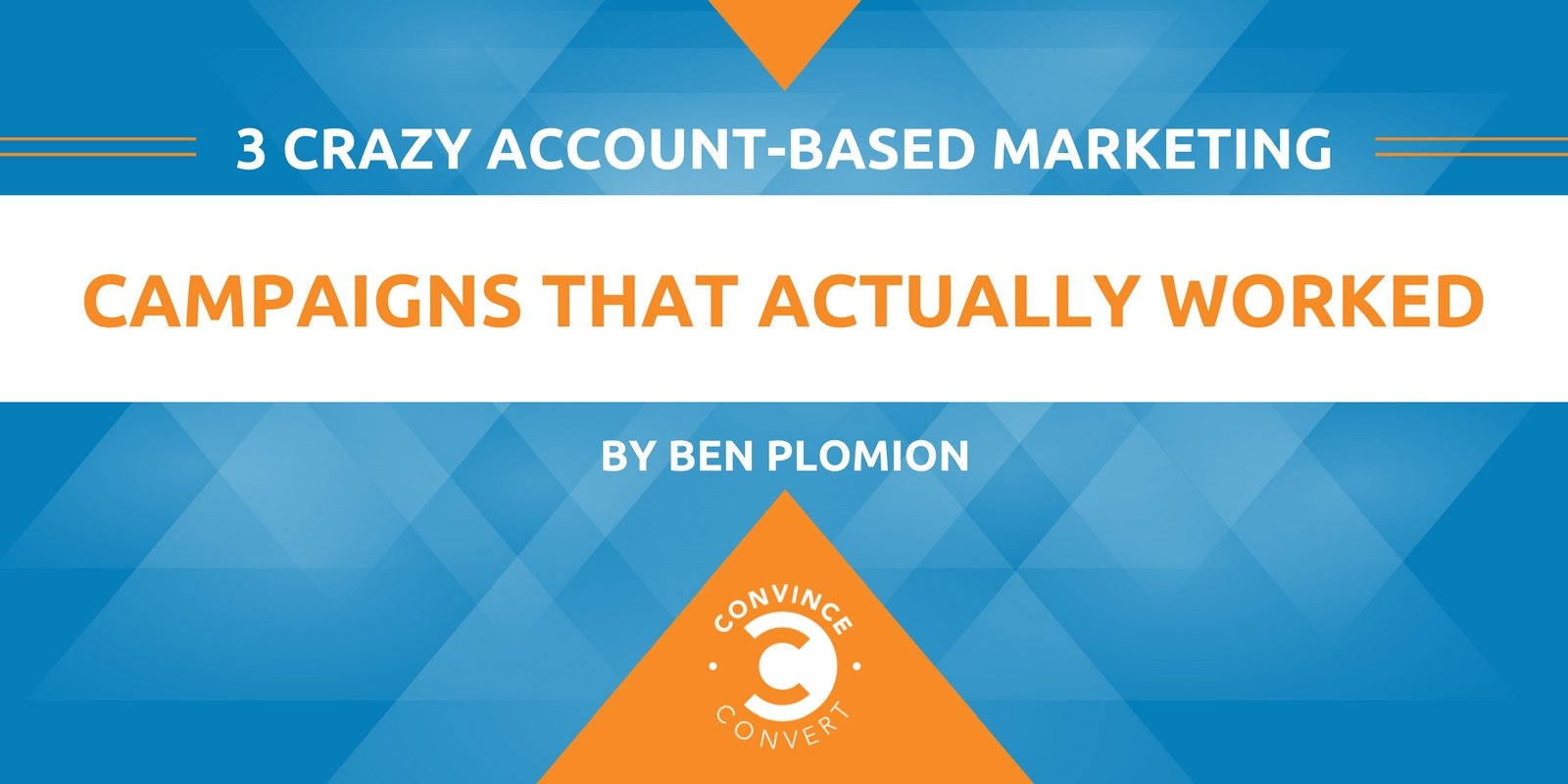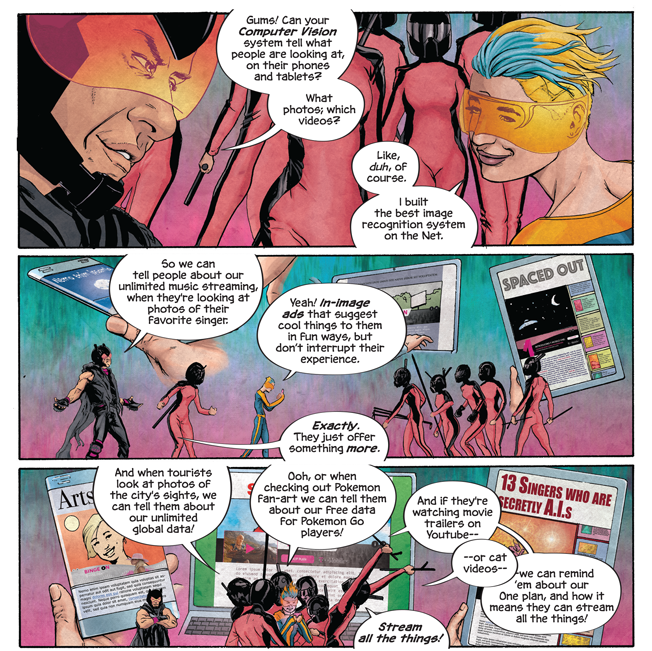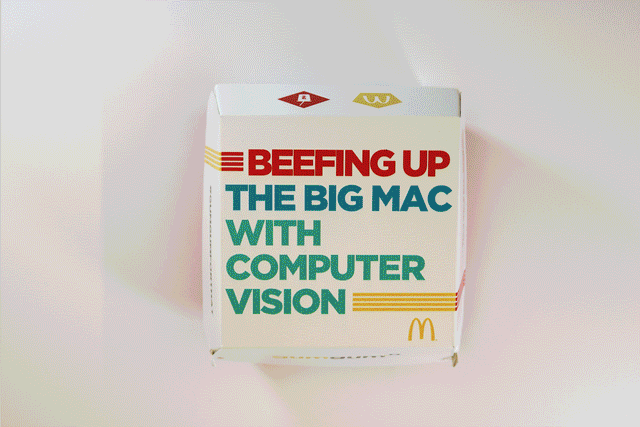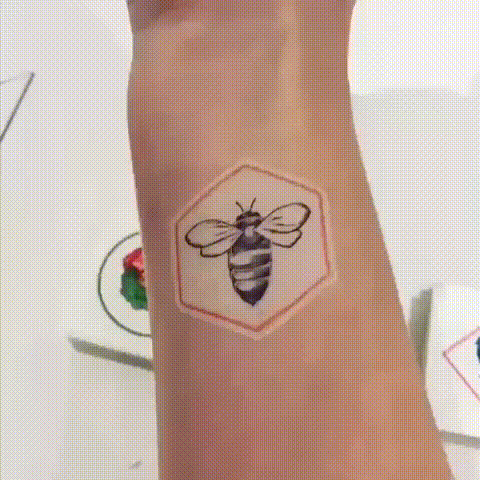
B2B companies have an attention problem. As marketing technology has improved over the last few years, marketers have fallen back on uninspired tactics like formulaic outbound emails and lackluster drip campaigns. They’re going through the motions, and their results are suffering as a result. Last year, Econsultancy reported that only 22 percent of companies were satisfied with their conversion rates. Meanwhile, Hubspot research found that 65 percent of companies said generating traffic and leads was their top marketing challenge.
Fortunately, there’s a strategy out there that can help everyone address this challenge: account-based marketing (ABM). Instead of the traditional “spray-and-pray” mindset so common in the B2B world, account-based marketing is when marketers use a more personalized approach to target one company, one department, or even one individual. ABM opens up room for innovation and risk-taking, giving brands the ability to stand out to a specific audience. According to the Alterra Group, 97 percent of marketers claimed it led to a better ROI than other marketing tactics.
At GumGum, we’ve put a lot of creative resources into producing content that promotes our computer vision technology in a truly unique way. Here are three successful ABM campaigns that show how reaching a small audience can have a big impact.
Account-based marketing opens up room for innovation and risk-taking. Click To Tweet1. T-Mobile, the Reception We Were Looking For

T-Mobile CEO John Legere is incredibly active on social media. Those who scroll through his Twitter feed will quickly realize a few things: He supports his company as often as he can, he likes to wear the color magenta, and he loves Batman.
As T-Mobile was unrolling its unlimited data plan, we wanted them to see how valuable our computer vision technology could be and highlight how the two of us could collaborate. But instead of going through the usual channels or sending a typical outbound email, we thought it would be smarter to go down a more personalized path. So we built a creative team of editors, writers, illustrators, and letterers who spent months making a comic book called T-Man and Gums.
When the comic book was complete, we shipped 100 copies to T-Mobile and its agencies of record. Within hours, Legere reached out on Twitter to praise the work. And within a few days, a meeting was set. The ABM tactic was definitely a risk, but it sparked a meaningful conversation that eventually led to T-Mobile becoming a client.
2. McDonald’s, Turning Fast Food into Fast Results

The bigger the brand, the harder it is for B2B vendors to stand out. At a company like McDonald’s, which is one of the largest Fortune 500 employers in the world, getting through to the people responsible for buying decisions can be tremendously difficult.
Earlier this year, as part of an initiative to connect with McDonald’s, we decided to design burger kits that showcased our brands. We shipped 100 kits addressed to executives at McDonald’s and the brand’s media agencies, with the name of each person on a fast food receipt wrapped inside the box.
We used the Big Mac’s famous ingredients: two all-beef patties, special sauce, lettuce, cheese, pickles, onions—on a sesame seed bun, to represent different aspects of GumGum’s technology. The patties mentioned first- and third-party data. The onions touched on targeting. The special sauce promoted our computer vision software. There was even an augmented reality tattoo that could be accessed by a smartphone.
We promoted the ABM campaign on our social channels with short videos, making sure to tag the key decision-makers. And like with the T-Mobile example, the personalized targeting ultimately helped us secure a meeting with the relevant decision makers at McDonald’s.
[contextly_auto_sidebar]
3. Clorox, Cleaning Up at the Conference

For the past five years, Clorox has invited hundreds of its marketers to the annual iConnect conference to learn about the latest digital trends. In 2017, the conference had its biggest guest list with over 400 attendees. To generate attention from a select group of Clorox brands including Brita, Burt’s Bees, and Hidden Valley, we created 3D tattoo kits for the companies that people could use and share during the event.
By combining both augmented reality and experiential marketing, we fueled more than 200 app downloads and significant interest from our booth. Since image recognition software and computer vision technology is still an emerging space, the project gave attendees the chance to learn more about the ways they can use the technology in their own marketing efforts.
Like all good ABM campaigns, the tattoos worked because they focused on the specifics and only targeted a few brands. Some marketers may be more comfortable trying to reach a wide audience. But going after the right person with content tailored to their needs can lead to incredible results.
Get a weekly dose of the trends and insights you need to keep you ON top, from the strategy team at Convince & Convert. Sign up for the Convince & Convert ON email newsletter.

